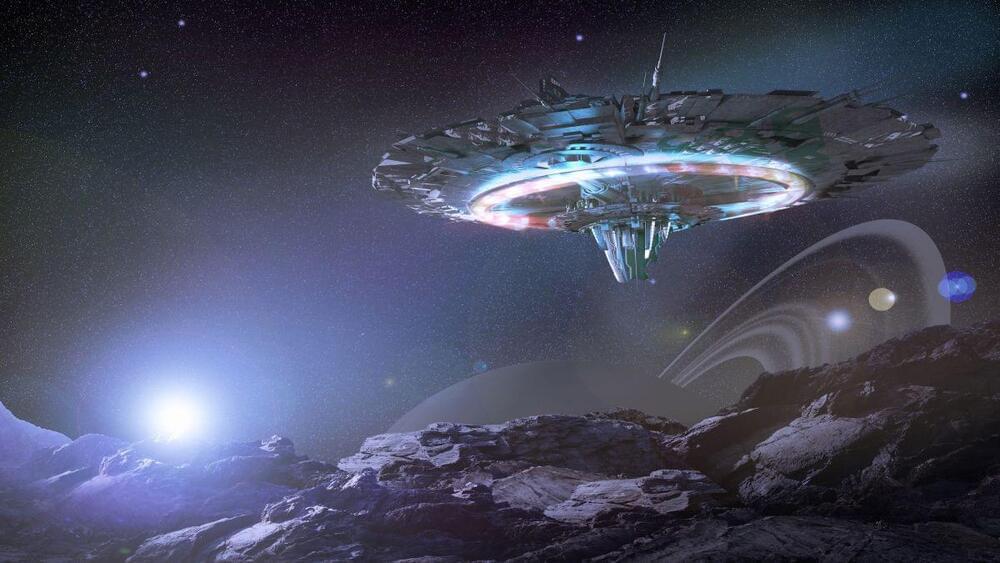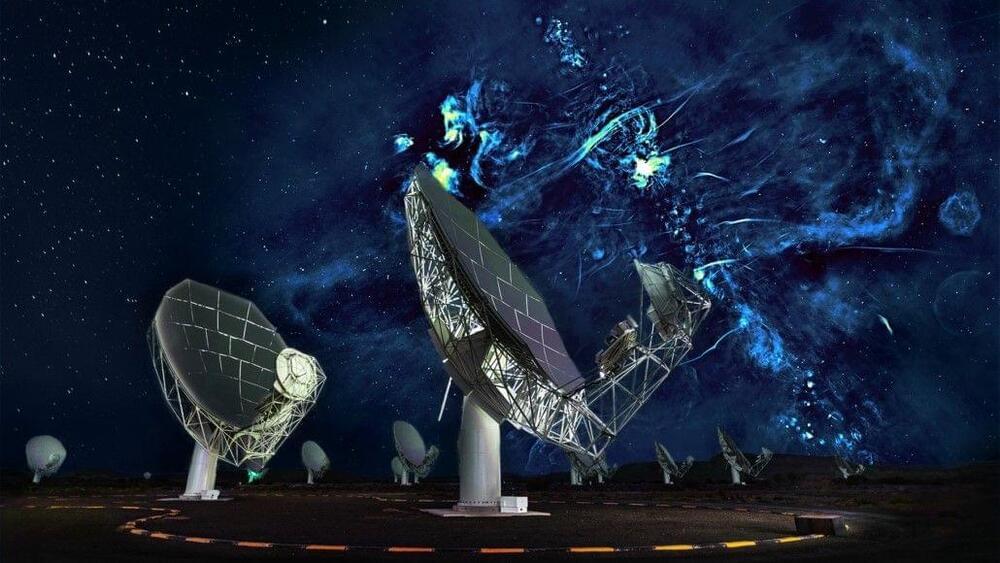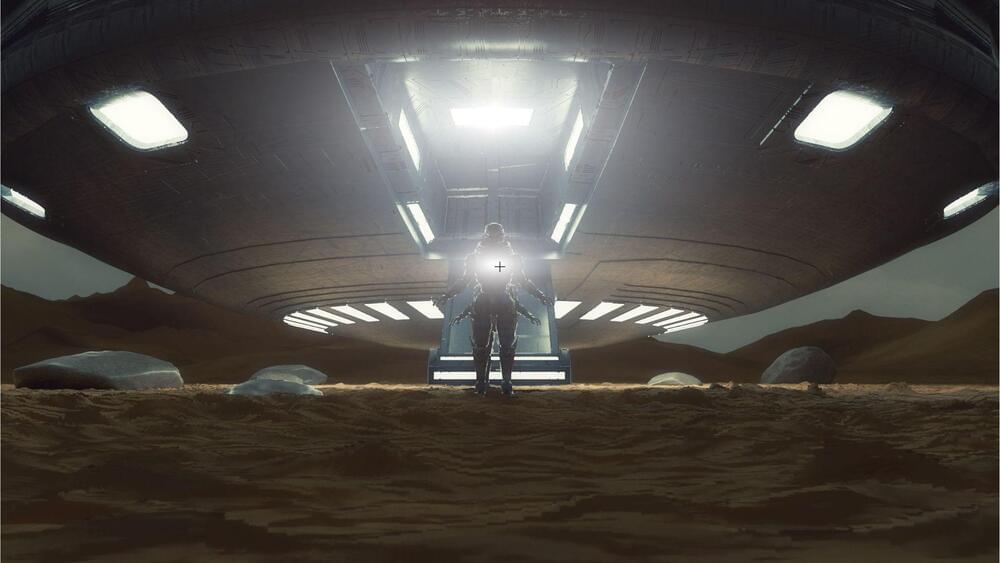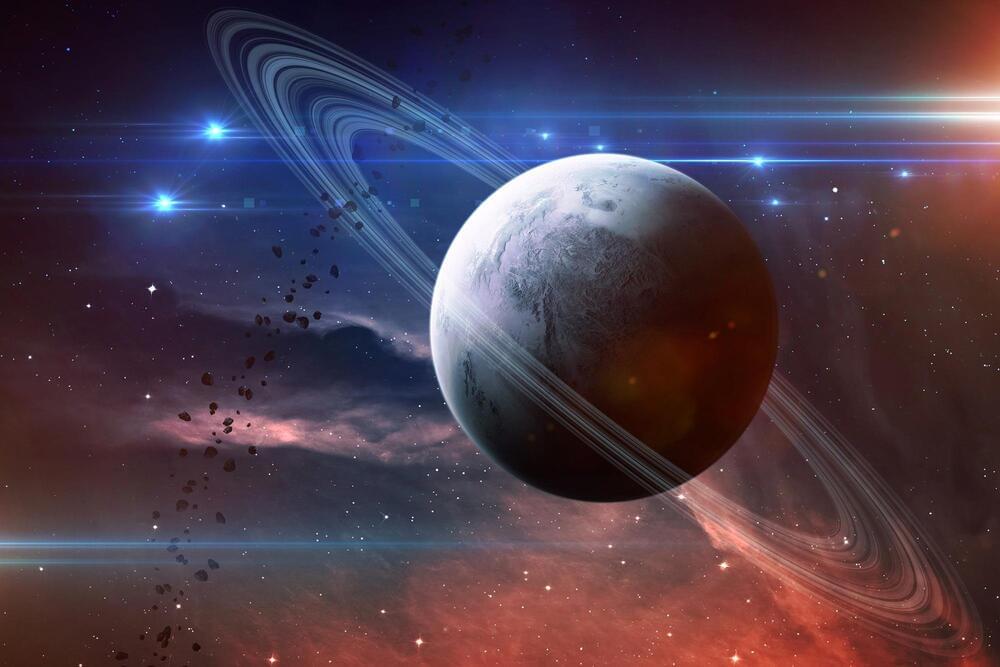2023: amateur movies, TV, books, & games.
2030: all above, and more, at professional level quality.
There’s a new Knives Out movie on Netflix, and I still haven’t seen a few of this season’s awards contenders. But the film I most wish I could watch right now is Squid Invasion From the Deep. It’s a sci-fi thriller directed by John Carpenter about a team of scientists led by Sigourney Weaver who discover an extraterrestrial cephalopod and then die one by one at its tentacles. The production design was inspired by Alien and The Thing; there are handmade creature FX and lots of gore; Wilford Brimley has a cameo. Unfortunately, though, I can’t see this movie, and neither can you, because it doesn’t exist.
For now, Squid Invasion is just a portfolio of concept art conjured by a redditor using Midjourney, an artificial-intelligence tool that creates images from human-supplied text prompts.






